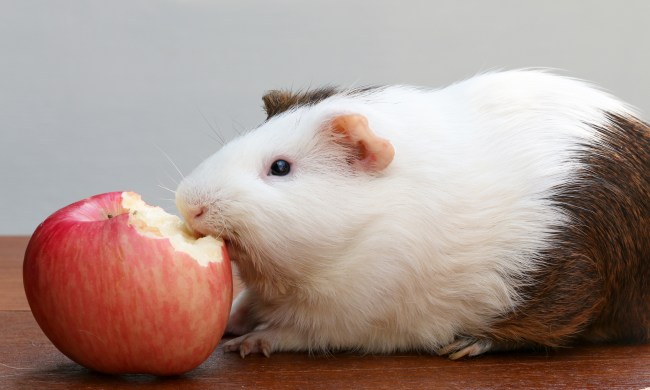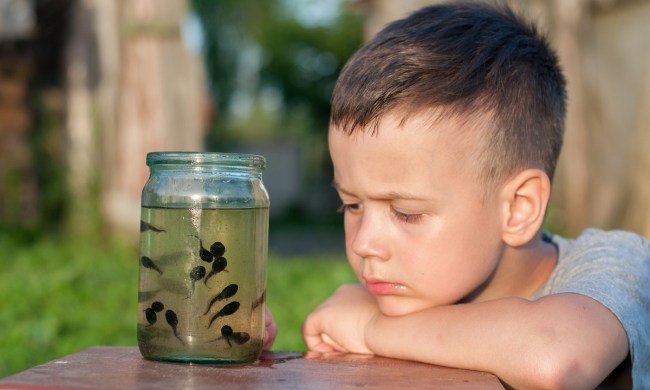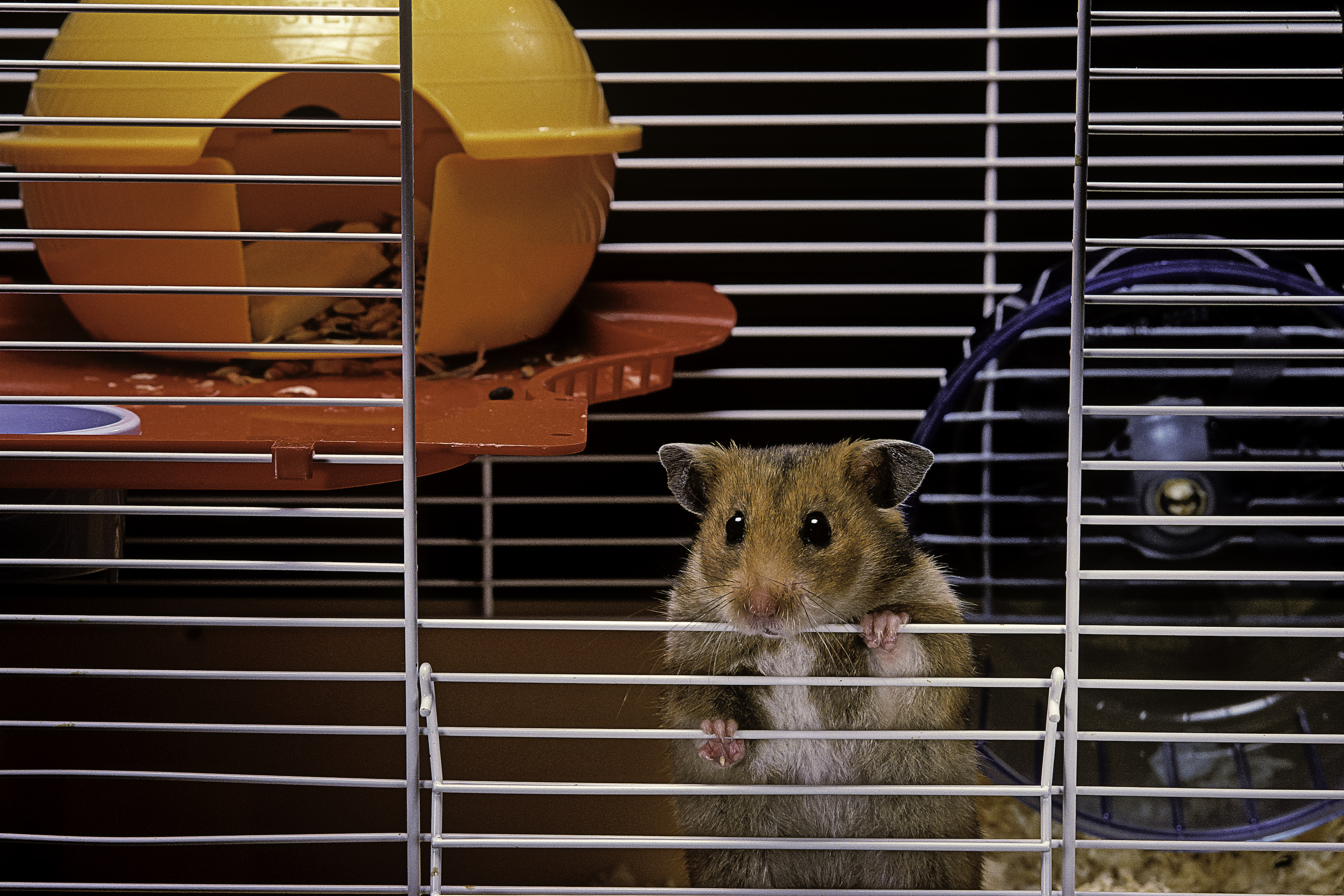
Owning a pet means spending a lot of time keeping him safe and secure. You frequently find yourself checking to make sure the latch is shut. Yet even if you have a perfect cage setup, your guy might find his way out. Many small pets are known escape artists — they get out by chewing, shrinking themselves, or pushing on a latch. Once you discover your animal has gone missing, don't panic. But do act quickly. These are the steps to follow if you want to know how to find a lost hamster.

Where do hamsters hide when they get out?
Right away, scan the immediate area, particularly looking under and behind things. Hamsters, like so many other rodents, love to hide — they might do it instinctively, even if they secretly want to be found. He’ll probably stick close at first, considering he’s only ever experienced a small corner of the world.
Check the surrounding furniture: in couches, behind TVs, or under blankets. Remember that your little critter likes to sleep during the day, so you may discover him snoozing in a comfy corner of the house.

What should I do to locate my hamster?
As your eyes scan the scene, seeking out a hamster hidey-hole, your ears and nose should be hard at work, too. As his owner, you know well the sounds he likes to make and you might listen your way into detecting him. Your nose could come into play as well, usually if he’s missing long enough to need a bathroom. A trail of hamster urine will lead you right to his hideout.
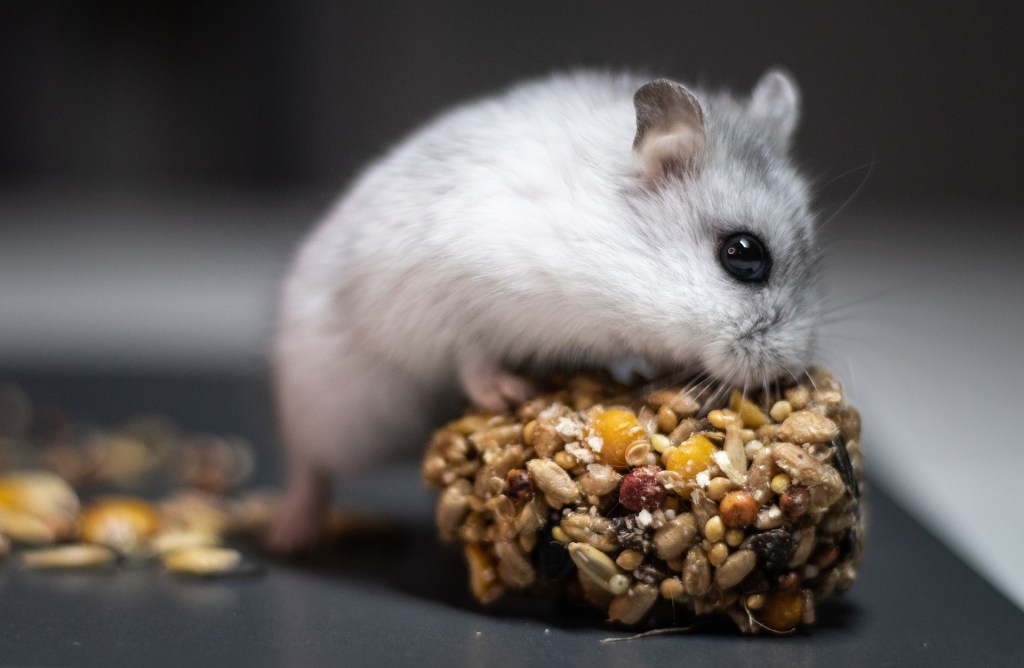
How do I attract my lost hamster?
Honestly, your hamster would rather be back in his snug, warm cage with a full feast laid out before him, and he’ll realize that pretty quickly once the taste of freedom wears off (we give him five minutes max). After all, you provide him with unlimited food, toys, and attention.
He might not know which way to go, have trouble finding home, or not see the big hurry. So follow these steps to give him a little nudge and get him back safely.
Step 1: Check out the area. You should do a stealth search first, as you don’t want to spook him into running away. He might be right nearby waiting for you to find him.
Step 2: Call his name. Believe it or not, these small pets have big brains and can learn the sound of your voice and even their monikers. If you don’t get him in those first few minutes, try calling out or making playful noises.
Step 3: Get his attention. Pick up his favorite toy or spin his wheel, which he associates with playtime and fun. That could get him crawling back to find you (and his games).
Step 4: Showcase his house. Put his cage in an easy-to-spot area, but not too far from where you normally keep it so he doesn’t go back to his home and find it missing.
Step 5: Entice him with a treat. Break out his absolute favorite snack and set it right in his cage where he can get at it (and smell it).
Step 6: Act quickly (but don't scare him off). Once he lumbers out for his dinner, you can scoop him back into his quarters for a nap. He’ll definitely need it.
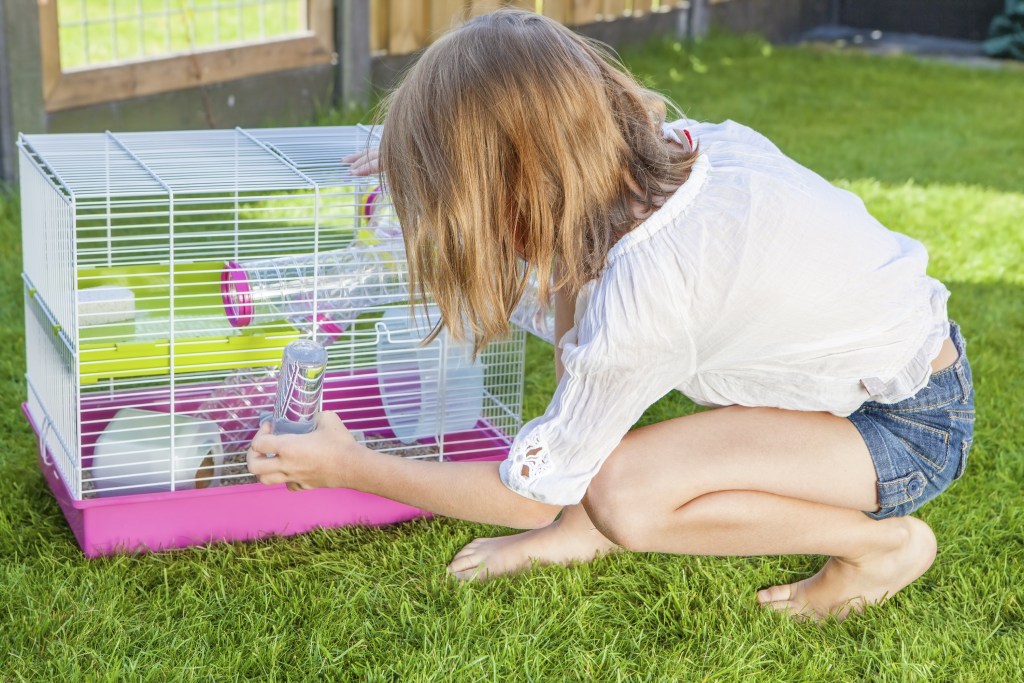
What other precautions can I take?
The best thing you can do to keep your pet safe is to have good, sturdy housing put together before you even bring him home. If you have a wire cage, the bars need to be really close together and checked frequently for breaks and bends.
All rodents can squeeze through tiny openings, a lot smaller than you would think. Avoid plastic and wooden cages altogether — too easy to chew through. Any connecting tubes for crawling should be secure and examined frequently for deficiencies. Lastly, check and recheck the lid every time you open it as that represents the easiest mode for escape.
One important note: while you try to locate your ham, keep other pets and children away from the area, to avoid harming him. It might be tempting to involve your dog, who probably can smell the little creature, but, unless she’s incredibly well trained, that could end badly. In some cases, you might not succeed in finding him right away. Long term, you can put up cameras on a night setting to try to catch your small pet sneaking around, which will hopefully lead you to his hiding spot.

